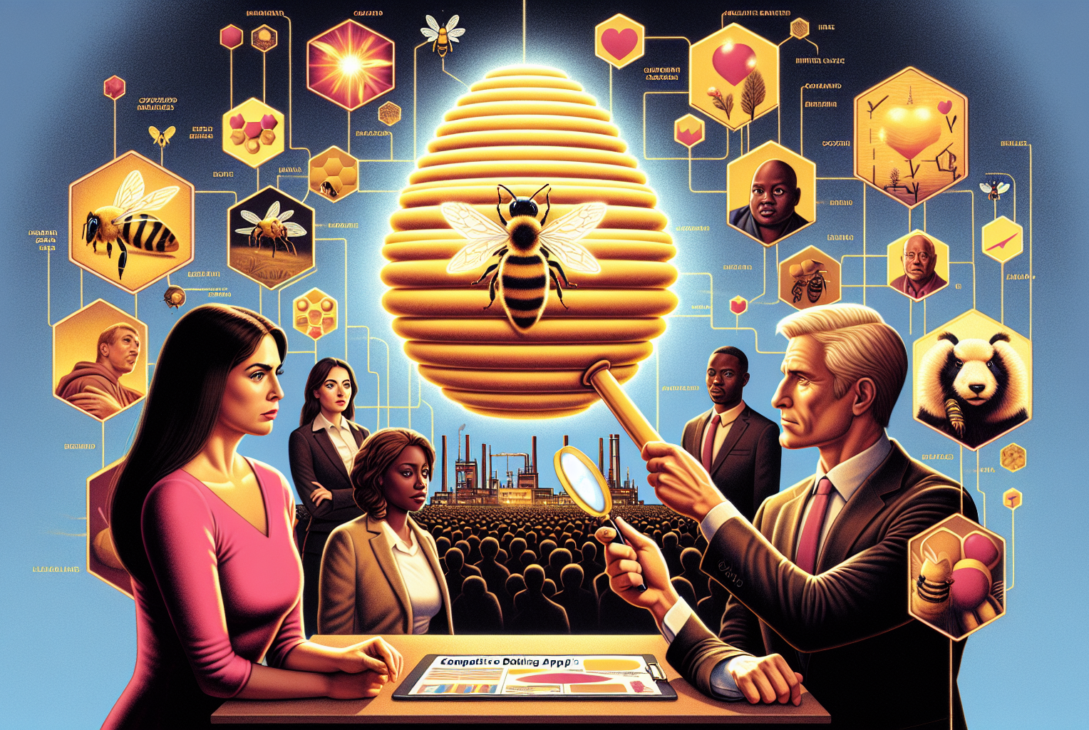To all the love seekers and connection cravers out there, this may come as a surprise, but an emerging trend in the ever-changing world of online dating is taking shape. Once a buzzing hive for singles, Bumble, the women-first dating app, appears to be experiencing a slowdown. The cause? User fatigue. Despite the fascination of digital applications replacing traditional dating methods, the download enthusiasm seems to be dwindling, causing a worrying decrease in subscription revenues.
1. The Fatigue Factor – Frequency of Use
The users appear to be tired. Holding an extended conversation with a stranger online can feel like a chore for some, and the thrill associated with swiping right or left might have lost its charm. Moreover, back-and-forth messaging without ever meeting up can lead to frustration. Thus, less enthusiasm leads to less frequent use.
2. The Quality vs. Quantity Dilemma
The promise of innumerable potential partners can be intriguing, yet over time, users have found that more does not always mean better. The indiscriminate nature of swipes, often based only on a quick look at a profile picture, may yield less satisfying connections, influencing the trend of reduced downloads.
3. The Subscription Concern
Dating apps like Bumble generate a significant portion of their revenue through subscriptions. However, with decreasing user involvement, subscription revenue is at stake. Fewer downloads equate to fewer subscriptions, leading to an alarming reduction in their revenue stream.
4. The Paradox of Choice
With an abundance of dating apps, users have a bewildering variety of choices. Bumble, while bringing unique features, is still one among many. Given this overwhelming selection, potential users might feel indecisive, causing a reluctance to download.
5. Changing Social Norms
The ever-evolving social norms are also playing a part. The novelty factor that once made online dating seem exciting and modern might be wearing off. As societies open up to offline connections again after pandemic restrictions, face-to-face interactions could be becoming more appealing to many.
While Bumble’s dilemma can be attributed to a complex set of factors, the current decrease in popularity suggests some interesting shifts in consumer behavior and social norms. Only time will tell how Bumble will adapt to these challenges in the dynamic landscape of digital dating. For now, let’s keep swiping – or not.
Credit: BBC. TechCrunch, Reuters




